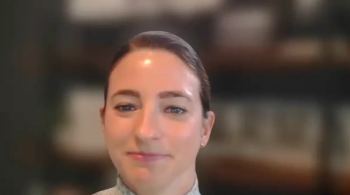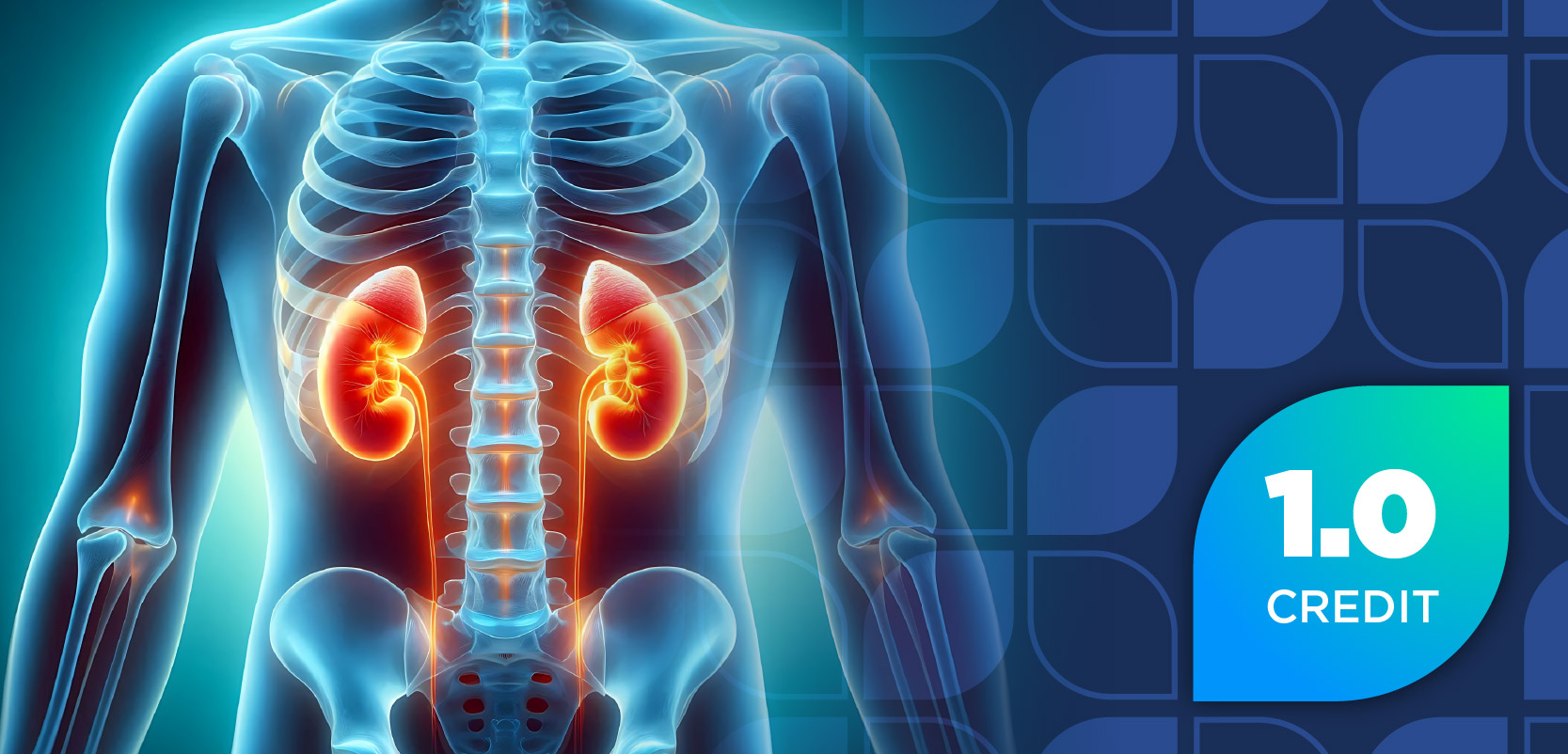
Drug for Rare Form of Rickets Gets FDA Approval
Burosumab (Crysvita, Ultragenyx) is the first treatment approved for x-linked hypophosphatemia in adults and children ages 1 and older.
The FDA has approved burosumab (Crysvita, Ultragenyx) as the first treatment for x-linked hypophosphatemia (XLH) in adults and children ages 1 and older.
The serious condition leaves children with bowed legs, short stature, and bone and dental pain. Adults with XLH may experience joint pain, impaired mobility, tooth abscesses, and hearing loss. Adults with XLH are also at greater risk of bone fractures. In the United States, XLH affects an estimated 3000 children and 12,000 adults.
“XLH differs from other forms of rickets in that vitamin D therapy is not effective,” stated Julie Beitz, MD, director of the Office of Drug Evaluation III in the FDA’s Center for Drug Evaluation and Research. “This is the first FDA-approved medication for the treatment of XLH and a real breakthrough for those living with this serious disease.”
In a placebo-controlled trial, 94% of adults taking burosumab reached normal phosphorous levels compared to only 8% of participants in the placebo group. In children, 94% to 100% of patients reached normal phosphorus levels when treated.
Click to continue reading on
Newsletter
Stay informed on drug updates, treatment guidelines, and pharmacy practice trends—subscribe to Pharmacy Times for weekly clinical insights.


















































































































































































































